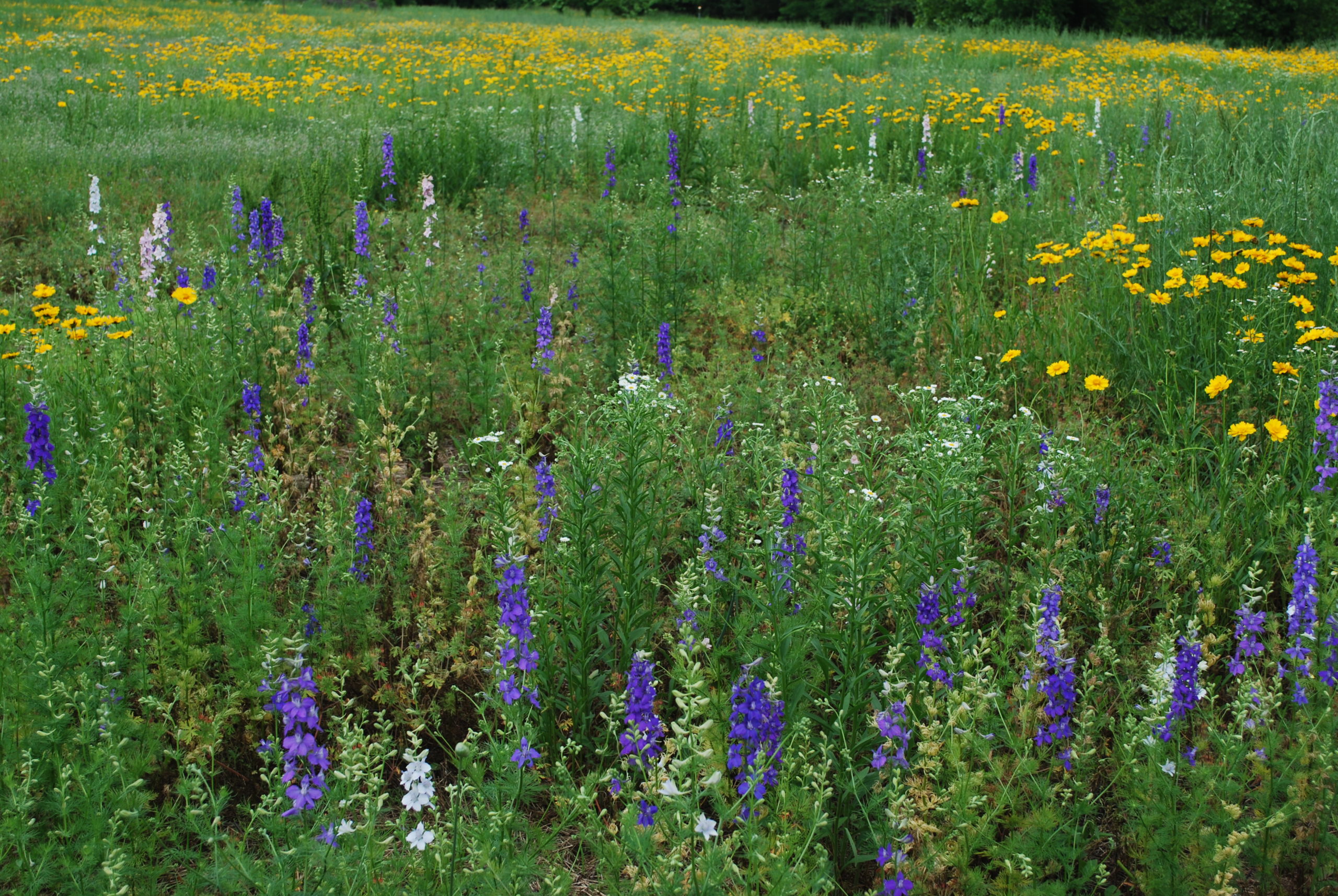Ferry Farm Environment
Ferry Farm is in Stafford County, Virginia, which lies geographically on the edge of the Atlantic Coastal Plain. It is located across the Rappahannock River from the city of Fredericksburg and approximately one-half mile downstream from the fall line. Just east lays Stafford Heights, an elevated ridge that parallels the river. Most of Ferry Farm is situated on a broad river terrace situated between Stafford Heights and the modern flood plain of the Rappahannock River.
The Rappahannock is tidal and slightly brackish at Ferry Farm. Fish resources include migratory species such as shad and striped bass, as well as bluegill, catfish, and large mouthed bass. During the colonial period, ships navigated the river, directly tying Ferry Farm to the Atlantic World.
Fresh water is found in a spring located in a ravine just north of the archaeology site. By the time the spring water reaches the flood plain, bacteria associated with natural iron deposits give the water a strong odor and taste. This stream is present year-round and allowed the English settlers to avoid digging wells for fresh water.
A road system has been in place since the first half of the eighteenth century. King’s Highway, running parallel to the river, was an early colonial road. In the 1740s, a spur was constructed that ran through Ferry Farm and connected King’s Highway to a rope ferry that crossed the Rappahannock.
The property is home to over 120 species of birds, including eagles, ospreys, turkey, geese, turkey vultures, songbirds, and hawks. Small mammals found at Ferry Farm include moles, voles, mice, and rabbits. Larger mammals observed here include both red and gray foxes, beavers, groundhogs, raccoons, opossums, coyotes, and an occasional young bear in the spring.
Ferry Farm has been the home to several generations of farmers, with five boasting successive dwellings. Two of the farmhouses were established in the eighteenth century, two in the nineteenth century, and one in the early twentieth century. Almost all the property was plowed for a short period during the antebellum period.
Today the river terrace is covered with turf. The area sports trees that include magnolia, pine, white mulberry, crape myrtle, hackberry, and box elder. Historically the farm grew tobacco, wheat, and corn, and featured pastureland for cows and horses.


